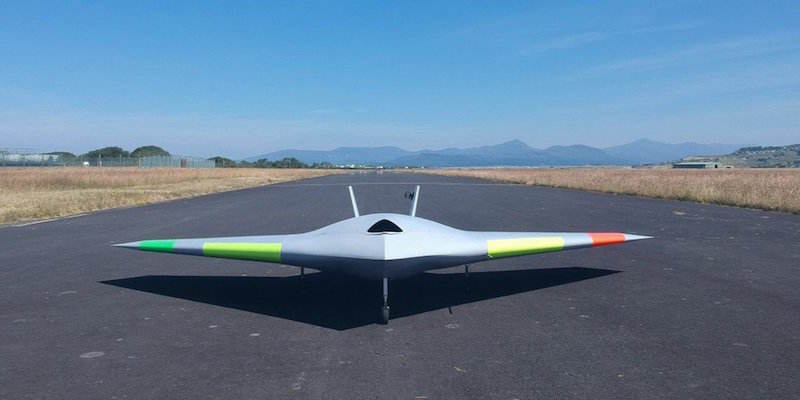BAE Systems, in collaboration with The University of Manchester, has successfully demonstrated the use of supersonically blown air to manœuvre an aircraft in flight.
BAE Systems, in collaboration with The University of Manchester, has successfully demonstrated the use of supersonically blown air to manœuvre an aircraft in flight. The “flap-free” technologies involved could potentially remove the need for movable flight control surfaces on future aircraft designs.
In recent flight trials at Llanbedr Airfield in north-west Wales, the so-called MAGMA unmanned aerial vehicle (UAV) demonstrated two innovative flow control technologies. MAGMA was designed and developed by researchers at The University of Manchester in collaboration with engineers from BAE Systems.
MAGMA — unveiled in December 2017 — replaces moving surfaces with a simpler ‘blown air’ solution, paving the way for engineers to create better performing aircraft that are lighter, more reliable and cheaper to operate. The technologies could also improve an aircraft’s stealth as they reduce the number of gaps and edges that currently make aircraft more observable on radar.
According to the company, the technologies and skills involved could be applied to the development of a Future Combat Air System.
The technologies demonstrated in the trials were:
• Wing Circulation Control: Taking air from the aircraft engine and blowing it supersonically through narrow slots around a specially shaped wing trailing edge in order to control the aircraft.
• Fluidic Thrust Vectoring: Controlling the aircraft by blowing air jets inside the nozzle to deflect the exhaust jet and generate a control force.
The trials form part of a long-term collaboration between BAE Systems, academia and the UK government to explore and develop flap-free flight technologies.

